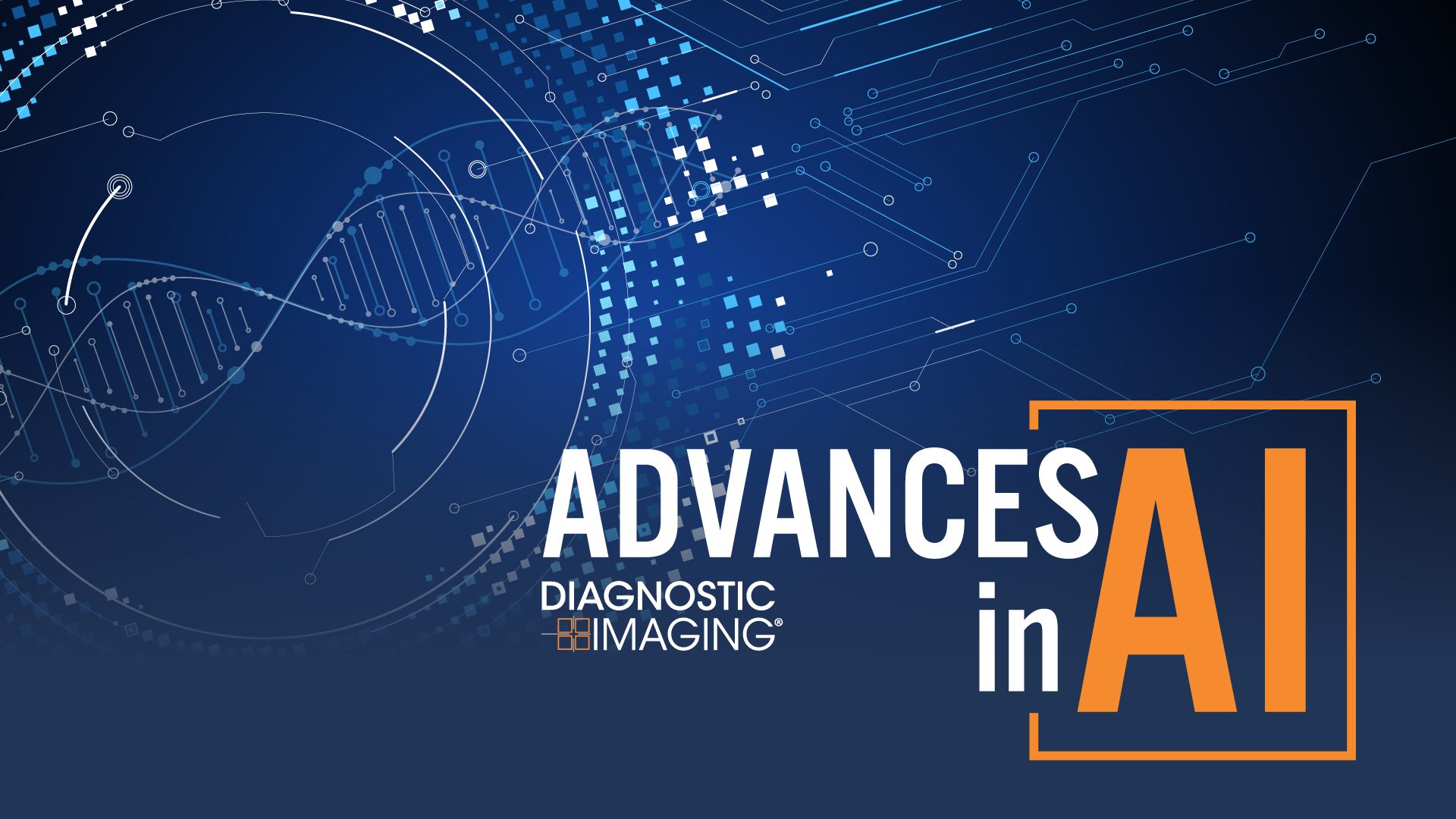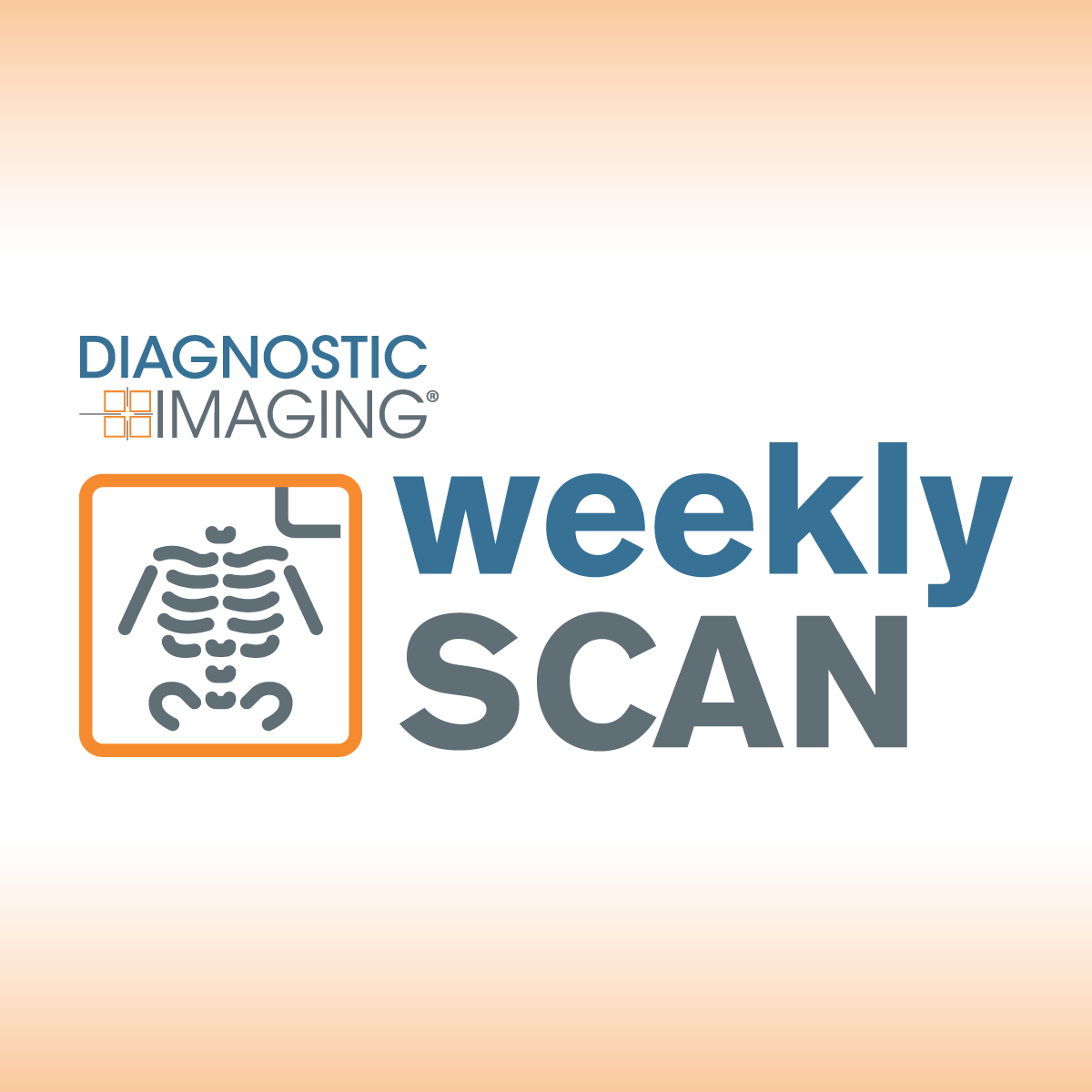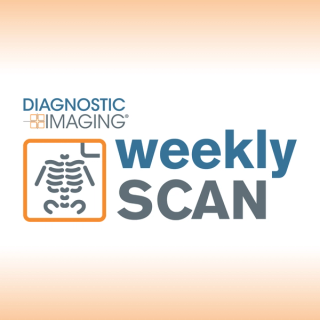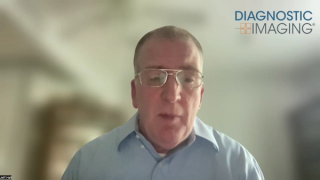
Mammography
Latest News
Latest Videos

More News
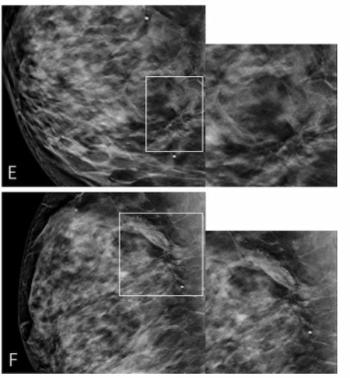
Researchers noted a 78 percent malignancy rate when associated architectural distortion was present on digital breast tomosynthesis (DBT) with highly suspicious masses or microcalcifications.

Catch up on the top radiology content of the past week.

Lower proportions of extremely dense breasts and high BRCAT lifetime risk among Black women in comparison to White women may have resulted in a lower likelihood of eligibility for supplemental screening insurance coverage in Pennsylvania, according to new research.

Combining sub-second load times and AI-automated features, the PET/CT Viewer Mode and Mammography Viewer Mode may help address bottlenecks in nuclear medicine imaging and mammography workflows.
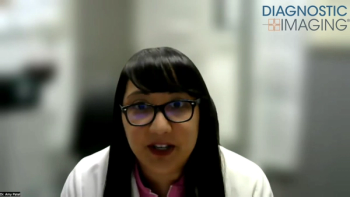
In a recent interview, Amy Patel, M.D., discussed new research findings that revealed a 45 percent higher likelihood of mammography screening among women with Medicaid in Missouri due to expanded mammography coverage in the state.

Catch up on the top radiology content of the past week.
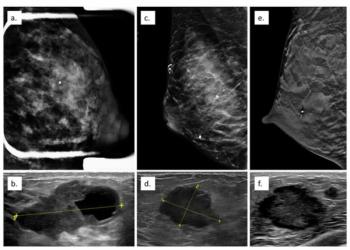
Mammography detected 82 percent of pregnancy-associated breast cancer in a cohort of women with a high prevalence of extremely dense breasts, according to a new study.

In a recent interview, Jamie Williams, M.D., discussed newly published research findings revealing the impact of high-resolution digital breast tomosynthesis (DBT) on breast cancer detection and recall rates.
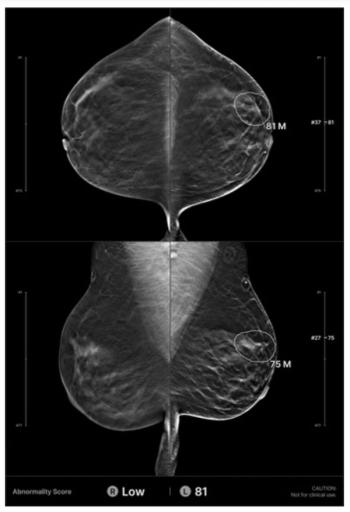
In a retrospective review of screening digital breast tomosynthesis (DBT) exams for over 200 women with interval breast cancers, researchers found that AI provided accurate localization of cancers in 32.6 percent of the cases.

Catch up on the top radiology content of the past week.
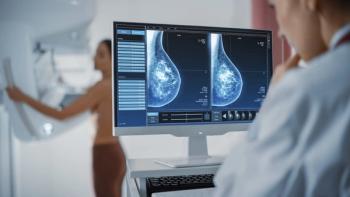
State law changes expanding screening mammography coverage from biennial to annual exams and to women 40 years of age in 2019 also led to a 5 percent higher likelihood of screening for Missouri women with commercial health insurance.
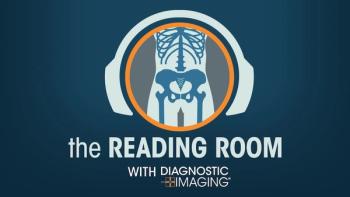
In the second part of a multi-part podcast episode, Stamatia Destounis, MD, Emily Conant, MD and Habib Rahbar, MD, discuss key sequences for abbreviated breast MRI and how it stacks up to other breast cancer screening modalities.

Stay updated with the latest in radiology, including PET, MRI, and AI research, plus essential insights on mammography and cardiac imaging.
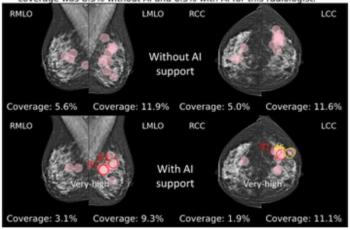
While noting no differences in sensitivity, specificity or reading time with adjunctive AI for mammography screening, the authors of a new study noted a 4 percent higher AUC and increased fixation time on lesion regions.

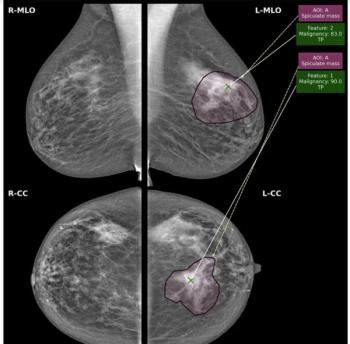
While there was a decline of AUC for mammography AI software from breast-level assessments to lesion-level evaluation, the authors of a new study, involving 1,200 women, found that AI offered over a seven percent higher AUC for lesion-level interpretation in comparison to unassisted expert readers.

Catch up on the most-well viewed radiology content in June 2025.

Catch up on the top AI-related news and research in radiology over the past month.
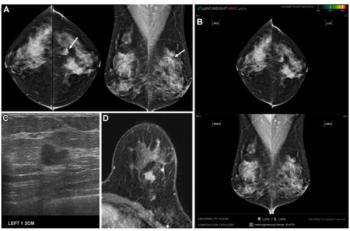
Artificial intelligence (AI) software had a 14 percent false negative rate in a new study involving over 1,082 women with invasive breast cancer.

Catch up on the top radiology content of the past week.

In a study involving over 1,000 women with breast cancer, researchers found that patients with screening-detected breast cancer had a five-year survival rate of 94.4 percent in comparison to 79.6 percent for women with clinically detected breast cancer.
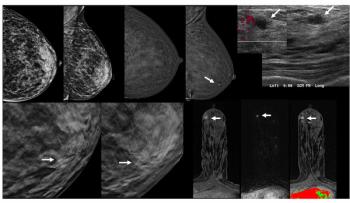
While the addition of contrast-enhanced mammography (CEM) to digital breast tomosynthesis (DBT) led to over a 13 percent increase in false positive cases, researchers also noted over double the cancer yield per 1,000 women in comparison to DBT alone.
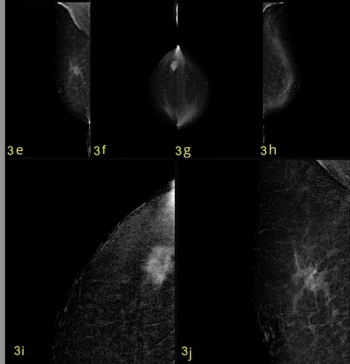
New research showed a 96 to 97 percent sensitivity for contrast-enhanced mammography (CEM) with an increased iodine delivery rate facilitating robust contrast enhancement for women with aggressive breast cancer.


Through AI recognition of subtle patterns in breast tissue on screening mammograms, the Clairity Breast software reportedly provides validated risk scoring for predicting one’s five-year risk of breast cancer.

